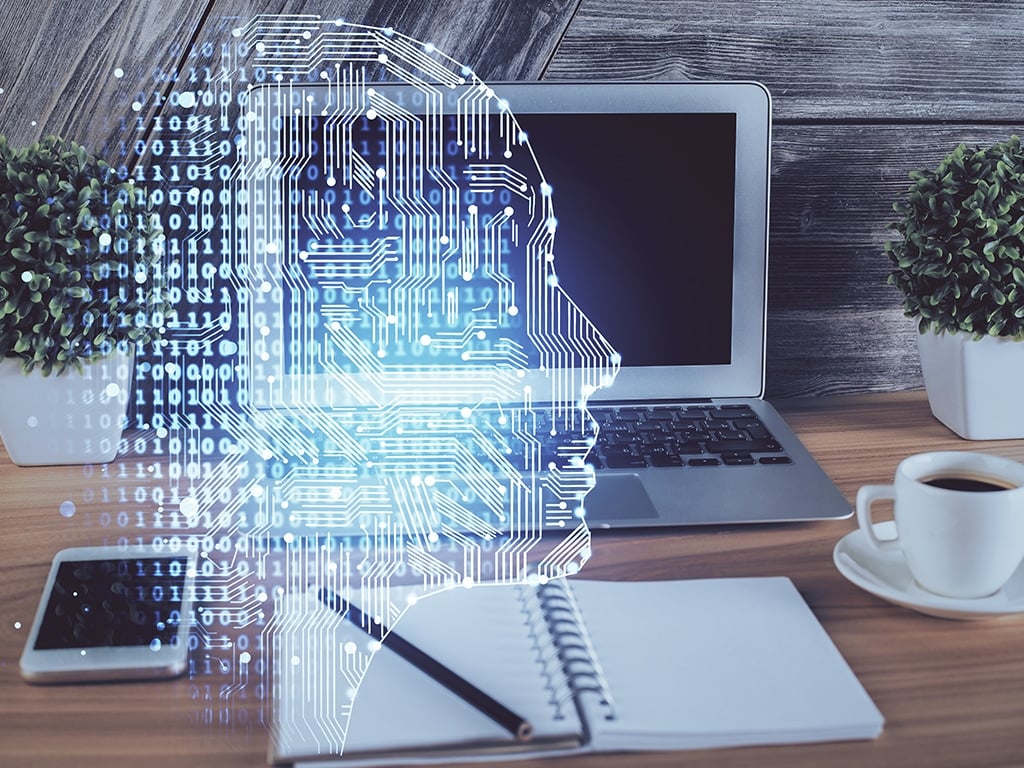- How global threat actors are weaponizing AI now, according to OpenAI
- The viral Air Purifier Table is my smart home's MVP (and it's on sale for $179)
- Grab the Galaxy S25 Edge for $170 off and get a free Amazon gift card - but act fast
- How I learned to stop worrying and love my health tracker
- I found a free iPhone 16 deal that doesn't require a trade-in (and applies to Pro models, too)
AI-Powered Fraud Detection Systems for Enhanced Cybersecurity

Artificial intelligence (AI) has many applications in cybersecurity. Automated fraud detection is one of the most impactful of these use cases.
Fraud can be difficult for humans to spot, but machine learning excels at detecting anomalies in user or system behavior. As a result, AI is an ideal anti-fraud tool. Here are five ways this technology is making an impact across various industries.
- AI Fraud Detection in Finance
The banking and finance industry was an early adopter of AI-powered fraud detection, and it’s easy to see why. Machine learning models can spot stolen credit cards quickly and accurately by detecting purchase behavior that doesn’t match a customer’s previous buying history.
Banks monitored transactions for unusual activity long before the advent of AI. However, machine learning can perform this work faster and more reliably than humans. As a result, fraud detection has emerged as the number one AI use case among financial institutions.
- AI Fraud Detection in E-Commerce
E-commerce is another sector that can gain a lot from AI fraud detection. As online sales grow, these stores and their customers’ accounts become bigger targets for cybercriminals. Consequently, they must find breaches quickly, but doing so amid such high transaction volumes can be difficult. Automation through AI is the answer.
Online stores have extensive user data, as 65% of American shoppers prefer self-service through chatbots and other AI tools. As a result, e-commerce companies already have enough information on each user to recognize abnormal behavior. Connecting these AI solutions to fraud detection algorithms makes security faster and more accurate than manual alternatives.
- AI Fraud Detection in Government
AI-powered fraud detection has also seen rising use among government organizations. The same algorithms that let banks catch breached accounts enable government agencies to detect fraudulent tax and benefit claims.
The U.S. Treasury recovered more than $375 million in 2023 alone after using AI fraud detection tools. Part of this success stems from AI’s accuracy in identifying suspicious trends, but the automation aspect plays a part, too. Uncovering potential fraud with technology takes much less time than the conventional approach, so government agencies can manage more cases with fewer resources.
- Phishing Detection
Fraudulent transactions may be the most obvious targets for AI fraud detection, but they’re not the only ones. This technology is also useful in more cybersecurity-specific use cases. Phishing prevention is an excellent example.
Phishing is by far the most reported type of cybercrime, and this popularity is largely due to its efficacy. It’s hard for users to spot every phishing attempt. AI can help by analyzing real-life phishing examples to learn common markers of these fraudulent messages. It can then flag messages as possible phishing to make people more aware of these risks, preventing costly errors.
- User and Entity Behavior Analytics
AI fraud detection can also improve cybersecurity through User and Entity Behavior Analytics (UEBA). This practice deploys AI to monitor how users and devices behave on a company network. When the models detect suspicious behavior like unusual file transfers or login attempts, they lock the account and alert security teams.
UEBA can stop cyberattacks from spreading after initial defenses fail to prevent them. It also helps work around the 4 million worker shortage in cybersecurity, ensuring strained security workforces can still provide 24/7 protection.
Considerations for Implementing AI Fraud Detection
As these use cases highlight, AI fraud detection has significant advantages. However, it requires attention to a few best practices to reach its full potential.
One of the most common challenges in anti-fraud AI is its tendency to produce false positives. Machine learning models often over-fit fraud definitions, which can lead to high false alarms. These cases may worsen the alert fatigue that 62% of IT teams say is driving turnover.
Careful training reduces false positives. Organizations should provide plenty of data on both real fraud examples and legitimate cases to drive more reliable AI results. Tweaking the model over time will also help it better distinguish between real fraud and benign activity.
Data privacy is another issue that deserves attention. Tailoring behavior analytics to specific users requires a considerable amount of sensitive user data. Consequently, AI fraud detection entails significant privacy risks. Some users may not feel comfortable giving away that much information, and storing it opens the door to far-reaching breaches.
In light of these risks, brands should be upfront about their AI use and allow users to opt out of these services. They should also encrypt all AI training databases and monitor these systems closely for intrusion. Regular audits to verify the model’s integrity are also ideal.
AI-Powered Fraud Detection Has Many Applications
While AI fraud detection is still imperfect, it’s a significant step forward compared to conventional methods. Industries from finance to e-commerce to cybersecurity can benefit from this innovation.
As machine learning techniques improve, these applications will become even more impactful. Before long, AI-powered fraud detection will reshape multiple sectors.
About the Author
April Miller is the Managing Editor of ReHack Magazine. She is particularly passionate about sharing her technology expertise, helping readers implement technology into their professional lives to increase their productivity, efficiency and personal enjoyment of their work.
April can be reached online on Twitter, LinkedIn and at our company website https://rehack.com/.

